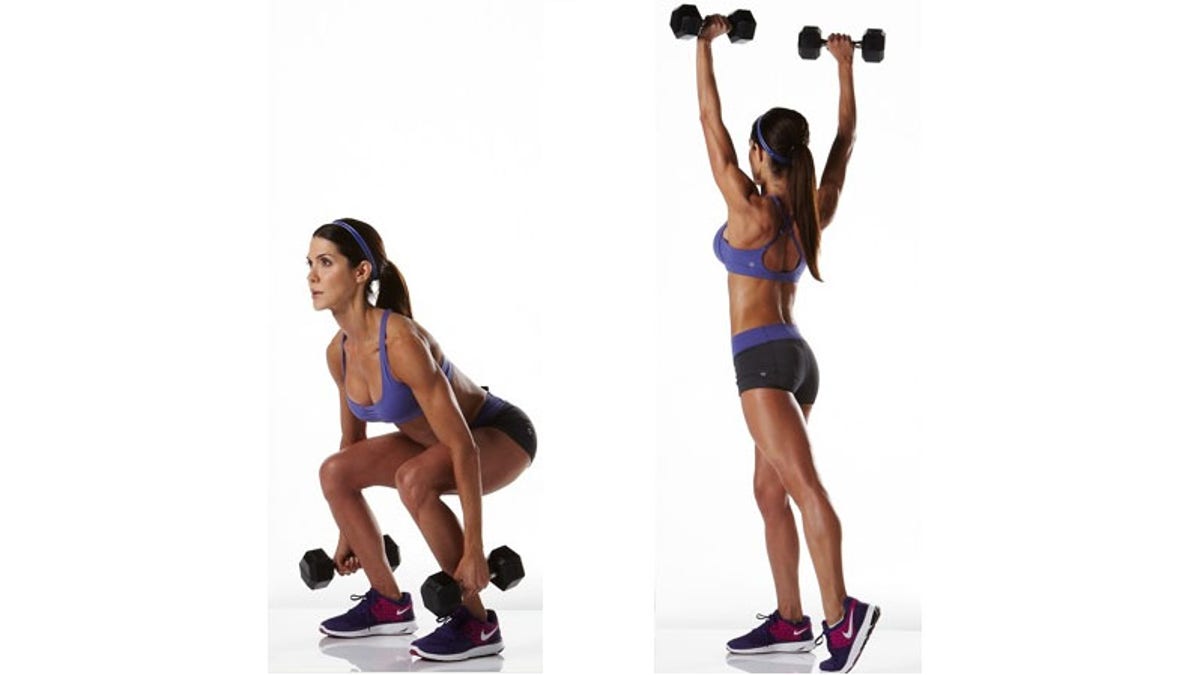
(Andrew Meade)
The other day I was at the gym and saw a trainer having a client doing a squat with her feet on two Bosu balls (the one side flat, one side round exercise ball) while he was emphasizing the benefits of this exercise as a part of her “functional training” program.
While performing a squat on unstable surface can be considered functional training for some, the more important question is: What does functional training really mean?
There is nothing functional on having a person performing a squat on unstable surface, unless there is a specific function defined, says Juan Carlos Santana, MEd, CSCS, director of The Institute of Human Performance.
Movement focus
Here’s another way to look at it.
“Functional conditioning consists of exercises that incorporate balance, flexibility, stability, acceleration and deceleration,” explains Robert S. Gotlin, DO, author of the Sports Injuries Guidebook.
Gotlin points out that functional conditioning should include:
Movements in all three planes – sagittal, frontal, and transverse.
- It must teach the body and the nerves to make these moves automatic.
- It teaches the body how to respond to the external forces such as gravity and momentum.
If this sounds too complicated, imagine yourself when you’re picking up a 12-pack of bottled water from the supermarket shelf. Reaching for the package will put your body in some sort of squat position. Meanwhile, you are lifting your arms overhead and switching planes while you hold the package and put it into the shopping cart. All this is done while going against gravity. But do you really think about all these steps? Of course not! Your body does this automatically.
When doing a push-press exercise at the gym (a squat to shoulder press performed in one powerful and control move) you may be improving your supermarket or garage cleaning performance. This is something that you won’t get by doing a leg press exercise and a machine shoulder press.
Goal Oriented
Santana agrees that teaching a movement is what functional training means. He adds that specificity should pair the movement. In other words, you need to choose exercises that best mimics the activity or sports that you want to improve.
This is why if you want to master the golf swing, the low-to-high wood chop is a must. In other sports, the one-legged anterior reach exercise is great for runners as are side lunges for tennis players.
To improve in the functional training being powerful is more important than pure strength.
“Strength gains do not equate to similar function gains. The data consistently show that muscular power, strength and contract velocity, has a closer relationship with functional performance than does muscular strength,” wrote Cody Sipe, Ph.D., and Dan Ritchie, Ph.D., in the IDEA Fitness Journal.
No Gimmicks
When considering functional training, ask yourself these questions
a) Am I performing a movement where different muscles, joints and components such as balance, flexibility and power are kicking in?
b) And if so, what’s the purpose of this move? Is it going to help me to improve something specific in my sports or a particular physical activity?
For example, the squat to rotational push-press is a functional move that will incorporate power, balance, flexibility, stability, acceleration and deceleration of the workload. It’s a great exercise that serves different goals. It will make you burn plenty of calories too due to its complexity, but as any move to be called “functional,” make sure it fits a purpose.
Sit back at 90-degree angle while keeping the back straight and chest up. Extend the hips while simultaneously extending the arms to a shoulder press, rotating the hips. This should be one powerful move. Make sure that you end the exercise with your body in a straight line. Use your core to decelerate the load when turning the body toward one side. Go back to a squat position and repeat toward the other side (see picture above).
Since this is a complex move, start with no weight to feel the move and add the weight as you progress. This move is not to focus on strength so rather than how much you lift, pays attention in how you connect your lower and upper body through the spine so you can perform the exercise as one smooth and powerful move. Perform 2-3 sets of 10-12 reps per each side.
Marta Montenegro is an exercise physiologist, certified strength and conditioning coach and master trainer, who teaches as an adjunct professor at Florida International University. Marta has developed her own system of exercises used by professional athletes. Her personal website, martamontenegro.com, combines fitness, nutrition and health tips, exercise routines, recipes and the latest news to help you change your life but not your lifestyle. She was the founder of nationally awarded SOBeFiT magazine and the fitness DVD series Montenegro Method.
Follow us on twitter.com/foxnewslatino
Like us at facebook.com/foxnewslatino
